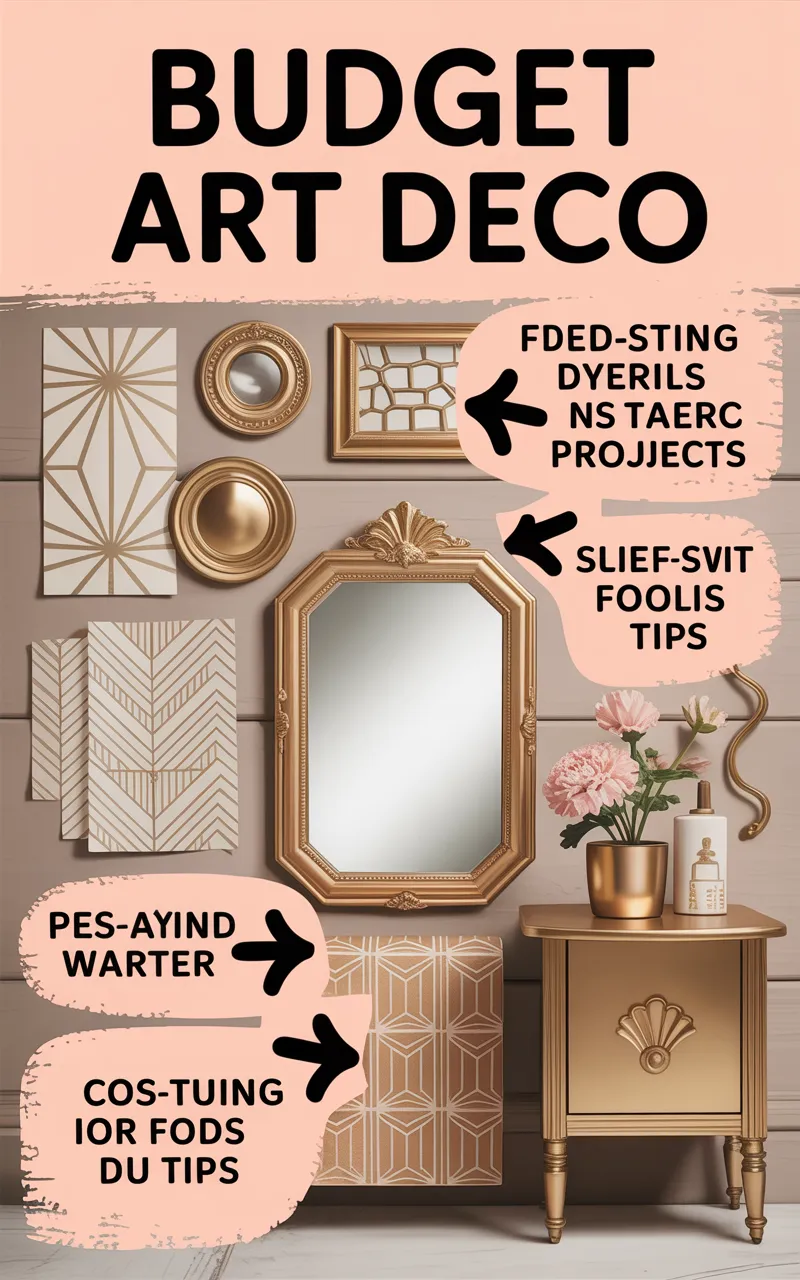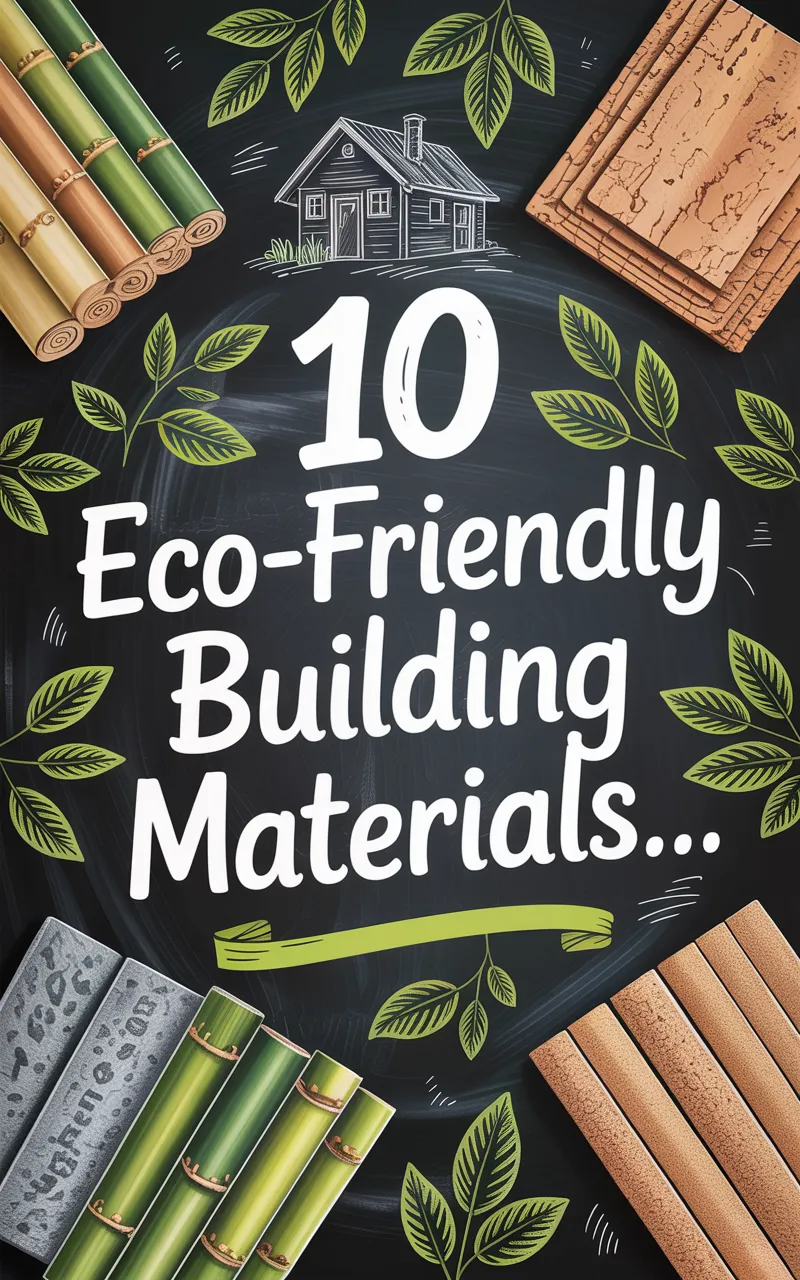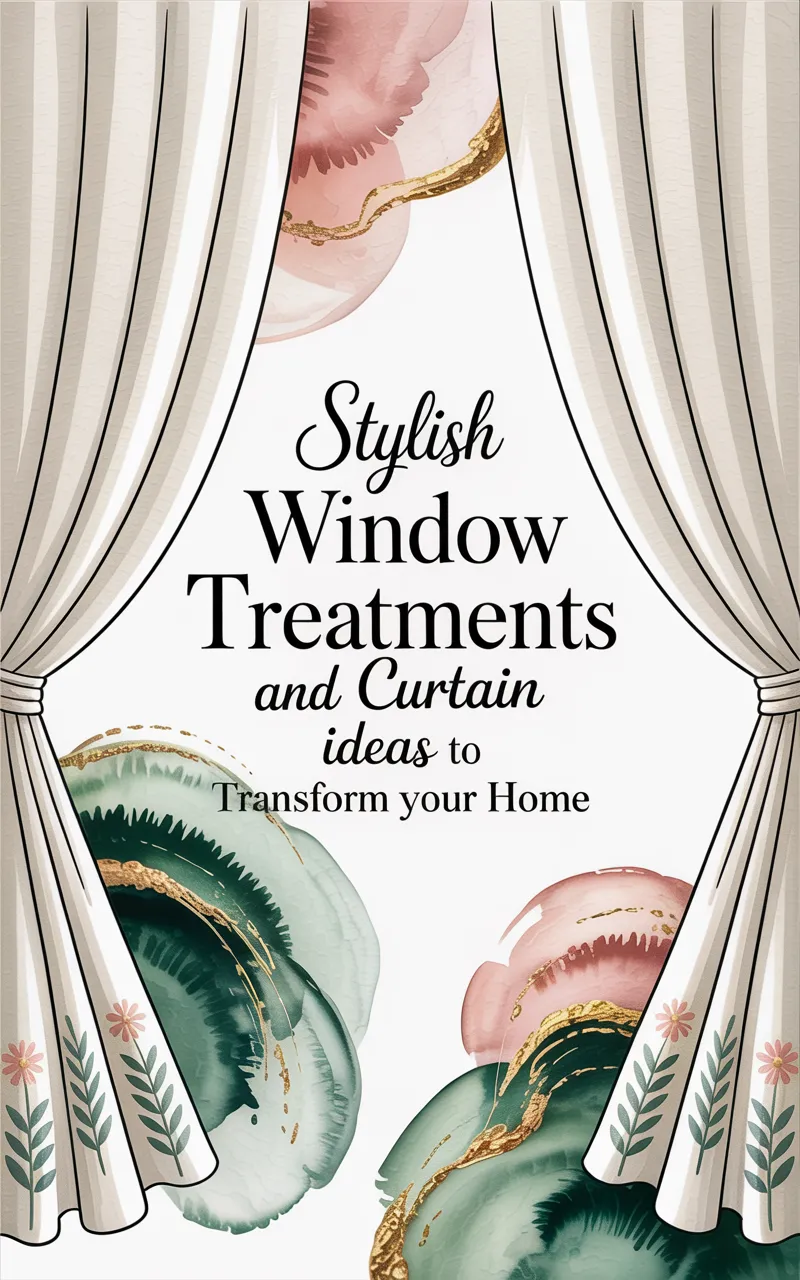Transitional design fits the same needs of a traditional style, but is less formal, more open, and more bright. It’s the perfect balance between incorporating the old and the new and captures a slightly retro, but modern feel. But how can you incorporate this elegant look at home?
Use this guide to learn ten inspiring ideas to transform your home to a transitional style all the way throughout your house, both for every room, or on a budget. Whether you’re renovating your living room, or designing a new home from the ground up, you’ll find the tricks and inspiration to make sure it gets done!
What Is Transitional Interior Design?
Before we get started, I just want to get something out there about transitional home styles. It is basically a marriage of old and new design elements.” Think tufted sofas along clean-lined tables or classic artwork juxtaposed with a contemporary lighting fixture. It’s about finding the middle ground between the warm, welcoming vibe of traditional spaces and the lean, functional vibe of modern design.
Now that we’re armed with a little bit of knowledge, let’s discuss how to turn your humble abode into a transitional paradise.
Mixing Old With New
Avery Traditional Home For the way you live. To dress in a transitional fashion, add these accents a little bit at a time. Go for a classic piece such as a tufted armchair or an antique rug with muted colors. These will also inject a cosiness and sophistication into your rooms that won’t detract from the modernity.
One other way to add old world charm is through architecture. Think about incorporating some crown molding, wainscoting or coffered ceilings for that touch of classic space. Such looks are the kind that never go out of style and complement new interiors perfectly.
Playing with Neutral Colors
Neutrals have been considered a design basic in interior design for generations. They are a blank, timeless slate for any room and make it so easy to mix and match styles. Neutrals make for the perfect modern decor foundation. White, beige, gray and black are all excellent colors that can help maintain balance and stability in your home.
But neutral doesn’t have to be boring. You can always bring pops of color through vor accent pieces — things you can easily swap out like throw pillows, rugs or art. Not only will this make for an interesting visual, but it will also make it a breeze to switch up the look of the area whenever you decide you want a change.
Adding Natural Elements
Bringing natural elements into your home can add tranquility and connection to the outdoors. You can easily do this by adding plants, natural elements and textures to your space.
Not only do plants bring color and liveliness to a room, but also help clean the air and uplift mood. Some hard-to-kill houseplants: succulents, spider plants and pothos. Natural materials including wood, stone or woven fibers can also be introduced elsewhere, either as furniture or as accent pieces like baskets or wall hangings.
Creating Functional Spaces
Minimalist is also not about emptiness. To accomplish this, every possession in your home should have a home and be regularly used. This is a great way to keep collection organized and in great condition.
One way to do this is to make your decor work for you by adding storage. Choose versatile pieces like storage ottomans or shelves that can also serve as room dividers. Maximize wall space with floating shelves or hanging hooks.
Functional spaces also include your literal workspace if you work from home. This might be a tiny desk in the corner of your living room — or a full-on home office. When you have a particular spot for work, it will help you be more productive while keeping your professional life and personal life separate.
Adding Personal Touches
While minimalism is all about simplicity and function, it’s also okay to incorporate some personality to ensure your place feels unique and homey. Whether that’s by bringing in some sentimental pieces or DIY-ing some of your decor.
Bringing houseplants inside is a wonderful way to add life to your home and purify the air. Opt for a low-maintenance plant, such as a succulent or spider plant, for a nice no fuss touch of greenery.
Adding in art is also another way to throw some personality and color into your minimalist space. Think about floating an object or doing a gallery wall with simple frames and neutral art.
And finally, mix up some textures and patterns with textiles, like rugs, throw blankets and pillows. It’ll also look great, not too cluttered.
And remember, minimalism want to find the balance between simplicity and functionality. Feel free to play around and make your space uniquely your own! Release what is not working and focus on what is bringing happiness and purpose to your home. Minimalism isn’t just a design trend, it’s a way of living that allows you to find peace and clarity not just in your space, but in your mind. Embrace the minimalism and experience the joys of living with less. Happy designing!
Additional Content:
This a surge in interest for minimalism, as many want to take the edge off of our complex and bustling civilization. It’s more than just looks — it’s an ethos that promotes a life lived with intent, and zeroing in on what really matters. We can create peace and focus in our minds by cutting out the excess and decluttering our physical world.
Apart from the advantages to our mental health, minimalism also encourages values, which are good for the planet. Society As we buy less and think more about what comes into our homes, we’ll reduce waste and do less harm to the planet. Minimalism also encourages us to only have what we need—and only use what we have, thus potentially promoting a more sustainable way of life.
But also, applying minimalism into the interior space that we occupy, practically speaking, carries the real great value, that is in adding functionality, usability and beauty to our homes. Emphasizing clean lines, neutral hues, and purposeful items, minimalist rooms promote a sense of tranquility and order. This may translate into a more calm and relaxed environment, to enhance mental health.
Minimalism And Money Beyond the environmental and interior design advantages, minimalism may impact our bank balances in a positive way. Our money will last longer if we remove the avoidable costs and concentrate on purchasing quality items that will remain with us for longer. Minimalism urges us to invest in experiences instead of things and to live a richer and more meaningful life.
Furthermore, the concept of minimalism overlaps from our tangible objects to our digital ones as well. By cleaning up our digital space, organizing files and emails, and limiting our screen time, we can minimize distractions and regain productivity. This, in turn, can prevent burnout and improve mental health.
Minimalism also supports sustainability and being environmentally conscious. In eating less, we shrink our carbon footprint – helping save our planet. Values such as reducing waste, purchasing second-hand or sustainably-made products, and finding eco solutions can all be interconnected to the environment.
And minimalism can be better for our relationships, too. If we can rid our lives and our minds of all this unnecessary stuff then we can give our attention towards others more. Freeing up time to spend with family and friends without the distraction of stuff can mean richer, more meaningful connections with those we love.
Lastly, living a minimalist lifestyle can also be a path to self-improvement and self-identification. But by contemplating what is really important and giving up the unecessary, we can gain a better picture of who we are and what we value. This can help lead to a richer, more meaningful life.
By Passarelli Practical Management for Minimalistsегистративе на фоне всей этой глобальной катастрофы.
Let’s go deeper into how you can kickstart your minimalism journey, and a few actionable steps that you can take:
Think small: It might seem like too much to completely reset your life all at once. Instead, focus on small changes like decluttering one room or downsizing your wardrobe.
Declutter often: Minimalism is aOK-in all of its shop-vac simplicity.
FAQ About Minimalism
What is minimalism?
Minimalism is a lifestyle philosophy focused on simplifying life by reducing unnecessary possessions, distractions, and commitments. It encourages prioritizing what truly adds value and meaning to your life.
Do I have to get rid of everything to be a minimalist?
No, minimalism isn’t about owning nothing; it’s about owning enough. The goal is to keep the items that serve a purpose or bring you joy while letting go of what doesn’t.
Can I practice minimalism with a family?
Yes, minimalism can be practiced by individuals and families alike. It may take more communication and compromise, but it can lead to improved organization, less stress, and stronger family values.
How does minimalism save money?
By focusing on intentional consumption, minimalism reduces impulsive spending, helping you allocate your resources more effectively. Purchasing less and focusing on quality over quantity often leads to significant savings.
Is minimalism the same for everyone?
No, minimalism looks different for everyone. It is a highly personal journey tailored to your values, goals, and circumstances. What works for one person may not work for another.





Leave a Reply
You must be logged in to post a comment.